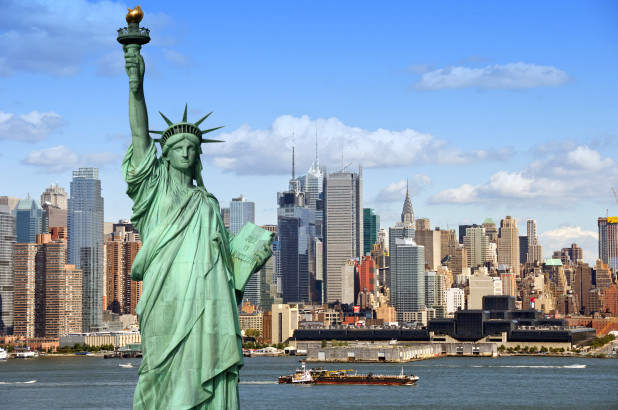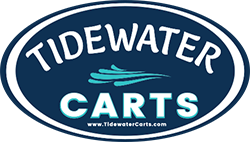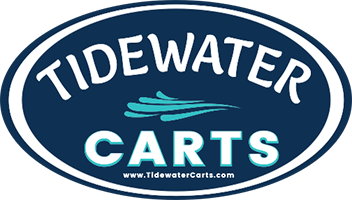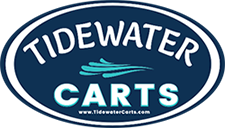A golf cart is a gas-powered or electric vehicle used to transport golfers or recreational riders and their equipment around the course, desert trail or private land and offers a number of control and safety features.

A LSV (Low Speed Vehicle) on the other hand is a four-wheel vehicle with a top speed of 35mph and a gross vehic
le weight rating or below 3000 pounds. However, people seem to have a vague defining line between these two vehicles since both are low speed and are susceptible to specific traffic laws.
Differences Between Golf Carts and LSVs
Golf carts and LSVs have a number of differences such as:
Uses
A golf cart is primarily designed to carry out transportation on golf course whereas a LSV can be used as economic, neighborhood transportation, hunting, as commercial vehicles, campus security, grounds keeping and for yard work and more.
Load capacity
A golf cart can carry up to four-six people and their equipment, while a LSV can carry up to six people and luggage, as long as the maximum vehicle weight rating is not exceeded.
Prices
In the vehicle purchasing market, a golf cart tends to go for a substantially lower price as compared to a LSV.
Safety
An LSV is designed with the passenger’s road safety in mind, which means having additional safety features such as upgraded brakes, headlights, turn signals, brake lights, seatbelts and more.
Speed
A LSV has a slightly higher speed compared to a golf cart, with a speed of up to 35 mph. A golf cart can only go around 20mph.
The ability of the LSV to surpass 20 mph makes it DOT and DMV approved to travel on public roads as would any other medium or high speed vehicle.
New York State Golf Cart Laws
Golf carts tend to lack the required street legal fundamental features and are therefore prohibited from operating on public roads except in cases such:
- Operating on roads designated by a county or municipality to be used by golf carts. This designation is only possible after the respective government entity has evaluated factors such as the speed, volume and character of the vehicles using the specific roads.
- Operating on roads which intersect municipal roads set aside for golf carts and approved by department of transport.
- Crossing at mid-block in cases where the golf course has been constructed on both sides.
- Operating during the day, except for cases where the golf cart has been authorized to operate at night and is equipped with brakes and headlights.
- Operating on public roads by persons who are 14 years and above.
- Having in possession an operator’s license.
- Be sober enough to make good road judgment.
In other cases, golf cart owners may wish to legally operate on public roads like any other vehicle. This calls for system upgrades on the speed limit and the safety features. The owner is obliged to pay required registration fees for the cart to be recognized as a “converted LSV vehicle”.
New York State LSV Laws
LSVs are allowed to operate on public laws as long as it fulfills the desired rules and regulations as stated by the relevant authorities. Some of the major regulations include:
- Having the relevant equipment in the same manner as motor vehicles registered pursuant to Vehicle and Traffic law. Equipment such as headlights, turn signals, brake lights and a horn.
- The LSV driver is supposed to have a valid driver’s license and be registered as a qualified driver.
- The driver of a LSV is to be insured with Personal Injury Protection and Property Damage Liability.
- Driving hours are limited to daytime unless driving at night on low traffic roads with a speed limit of 35 mph or less.
- LSVs are to be registered as passenger vehicles, issued with automobile plates and the owners comply with financial responsibility laws for it to be registered by Department of Motor Vehicles.



